EtherCAT: Leading Technology for Industrial Real-Time Communications
As a hot topic in the field of industrial control, the EtherCAT protocol has attracted much attention. Many people in the industrial control circle discussed it and explored the future of automation development. This article will discuss the EtherCAT protocol and look for the future direction of automation development.
Since its launch in 2003, the EtherCAT protocol has gone through 20 years. Except for two upgrades, its core technology remains the same. Its birth has greatly promoted the transformation of the manufacturing industry.
The EtherCAT protocol is particularly suitable for real-time control and data communication in the manufacturing field. Various equipment and machines in the production line can carry out efficient data exchange and collaboration through the EtherCAT protocol, thereby improving production efficiency and product quality.
EtherCAT protocol topology diagram:
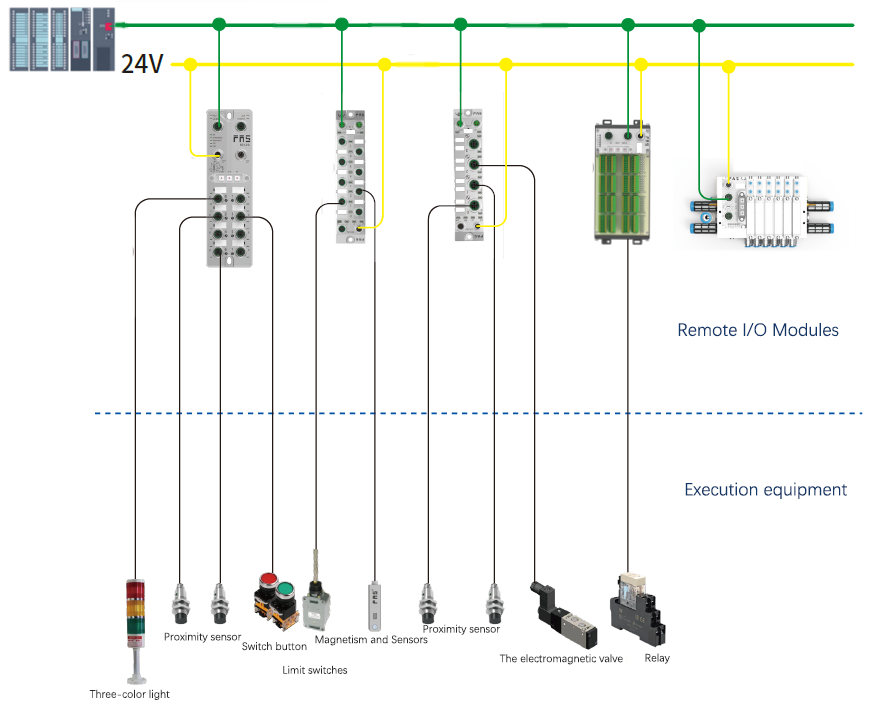
EtherCAT protocol advantages include:
Real-time and high performance.EtherCAT protocolHigh data transfer and low latencyfeatures that can satisfy applications with extremely high real-time requirements. Its "real-time processing" or "distributed clock synchronization" capabilities can achieveHigh-precision data synchronization, ensuring coordinated operation between devices.
Rich topology.EtherCAT protocol supportLine, tree, circleand other topology types. This flexibility makes the EtherCAT protocol suitable forApplication scenarios of varying sizes and complexity,makeCabling and equipment connectionsMore flexible and convenient.
cut costs.Uses standard Ethernet hardware and hasHighly optimized communication protocol, compared with traditional industrial bus systems, the EtherCAT protocol cancut costs.
Improve efficiency.EtherCAT protocol realizes communication between devicesHighly synchronized and collaborative,Increase productivity. Reduce downtime.
Fuyansheng develops equipment that supports the EtherCAT protocol to meet the needs of industrial sites for the use of the EtherCAT protocol.
01 Suitable for equipment installed outside the cabinet with IP67 protection grade:( EtherCAT bus moduleEtherCAT bus module )
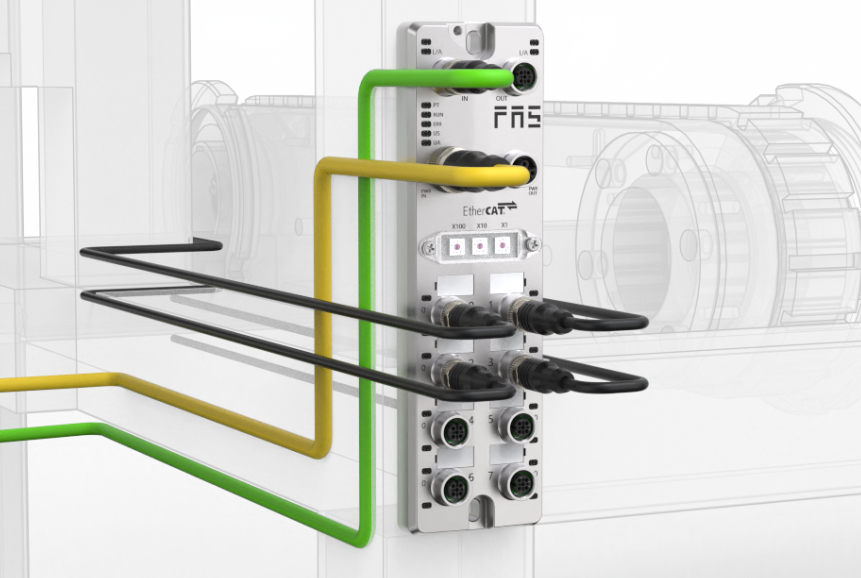
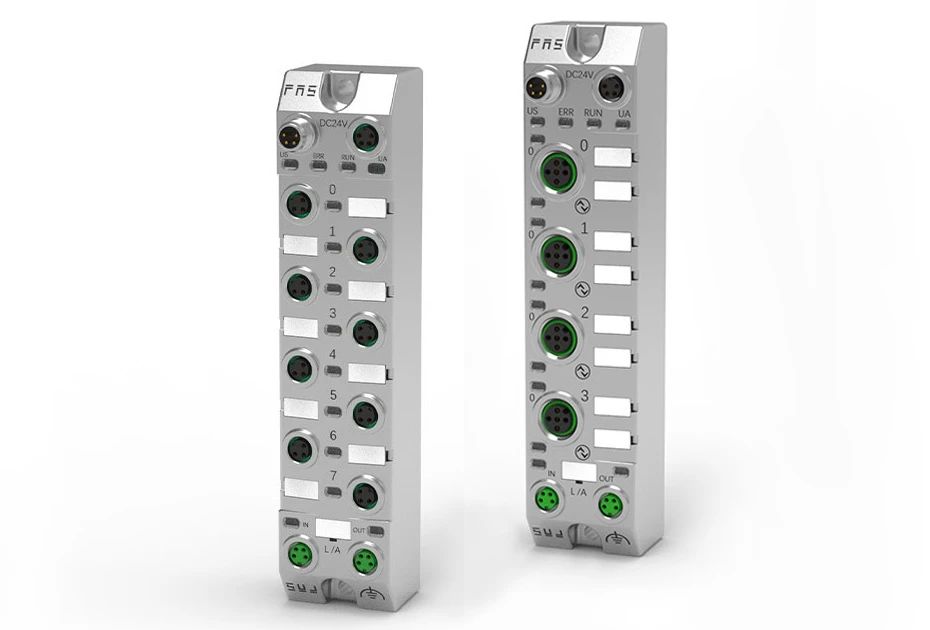
M12 interface Compact M8/M12 interface
Connection scheme
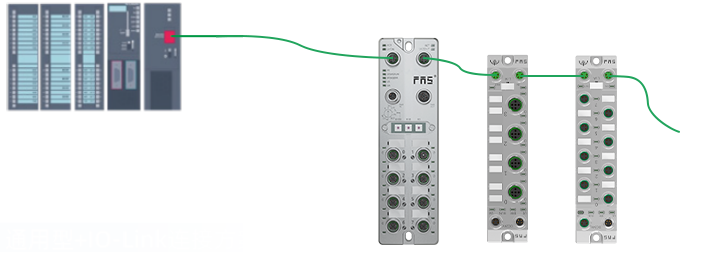
The EtherCAT protocol IP67 module has many advantages:
?Supports EtherCAT protocol to ensure efficient and accurate data transmission.
?Protection grade IP67, able to adapt to various harsh working environments.
?It follows the international general design concept and has excellent practicality and easy maintenance.
?With rich interfaces and structures, users can choose according to the needs of the on-site environment.
02 Suitable for equipment installed in IP20 protection grade cabinets:(EtherCAT bus moduleEtherCAT bus module)
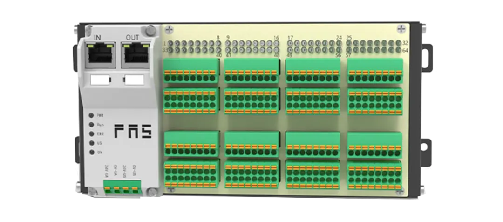

Shrapnel interface D-Sub interface
Connection scheme

The EtherCAT protocol IP20 module has the following advantages:
? Supports EtherCAT protocol, making data transmission more efficient and accurate.
? Achieve the ideal installation layout of equipment installed in the cabinet, with high cost performance.
?The design concept follows the international common scheme, which is highly practical and easy to maintain.
? It has rich interfaces and structures, and users can choose according to the needs of the on-site environment.
03 Pneumatic valve integration solution for EtherCAT communication valve island:
A new generation of pneumatic actuators, using patented technology, achievesElectrical and PneumaticThe integration has created a new era for the industry. Among them, in response to pneumatic control problems, we have successfully developed and launchedCompliant with EtherCAT protocolofPneumatic control valve island, leading the industry.

The EtherCAT protocol valve terminal offers many advantages:
?Excellent performance: suitable for various complex working conditions and high reliability.
?Intelligent control: Programmed monitoring and adjustment of parameters to improve production efficiency.
?High efficiency and energy saving: reduce energy consumption and save costs through pneumatic integration technology.

